The Peculiar Subjectivity of ‘Identity’
November 7, 2019
*This essay was written during the 2018-2019 year.
I can’t remember the last time my family took a picture together. All I can do is imagine it: my small family of three cramped between the gray borders of a 4×6 photo frame. My father would be on the left, his hulking form cupping my right side, his hand resting like a sparrow on my shoulder as his scrutinizing, hawk-eyed glare shoots through the lens. My mother would be on the right, wearing an ivory dress with mauve flowers and matching lipstick and blush, sparkling eyes peering through the looking-glass into some otherworldly realm. And I would be in the middle–cheeks pinched up to my sloping almond eyes, forced upwards by my tight smile.
To me, my mom is just “Mom,” and my dad is just “Dad.” We are mother and father and daughter like the millions of others across the world–without further description, we would all share that same identity. As I describe my parents, you can picture them in your head, imagine what our life is like, speculate our ages and our jobs, attempt to codify our lives, and decipher the minutiae of the photo, like whether my father’s lopsided right eye–sliding down his face like lava–means something, or if the strained veins protruding from my mother’s hand as she smoothes the ripples on her skirt means something, or whether my tightly-held smile means something. That’s one of the peculiarities of photos and stories–neither tell an accurate, complete story. If you would’ve peered through the frame and assumed any of those things were true, you’d be mistaken, and I can almost guarantee you now that if you don’t know me, the internal visual you’ve constructed of my family is completely wrong.
Out of all the possible combinations for an inter-racial couple, my parents have the most ironic mix in terms of American history: white and black; yang and yin; light and dark; day and night; sun and moon; ice and fire. To 19th century Americans, we would be a cursed family, in more ways than one.
Take my father, for example. The middle child–Number 5 of 9. The Forgotten One–the one left behind in the stroller as a baby in his family’s weed-infested backyard when his elder siblings found something more exciting to do. The one who sewed with my great-grandmother Edream, the one who took his passion for clothing construction and design to a Chicago-based clothing company. He learned to weather every micro-aggression hurtled at him by the white people he encountered–the spits, the scowls, and the snarls. But the glaring whiteness of their skin would burn in his mind like an afterimage from the Sun, just like the memory from his youth–the time when an old white woman threw a brick at him during a family vacation in the South. The brick thudded to the ground a significant distance away from him, but the event still struck an internal blow.
He met my mother as a Wash U college student when he was working the telephone switchboard at a multi-generational residence for the Jesuit priests and brothers of St. Louis University. After finishing his shift one day, he started chatting with a worker in the kitchen when a flustered, pink-cheeked white woman burst through the back door. Her chestnut brown ponytail whipped from side-to-side as she turned to look at him. She huffed a bit, crossed her arms in her white, capless nurse uniform before striding past him.
He was defensive and wary and self-justified and bitter.
Another white person judging him for his color.
Then there’s my mother. She grew up in the stifling, oppressive heat of Springfield under constant fire from her family’s tough love. The middle child–Number 2 of 3. The Forgotten One–the one who eked out a life of isolation, smothering her pain deep down under layer upon layer of prose and poetry and paintings. She left to become independent–as her mother so desperately wanted for her–and soon she had funded her way to graduate school at St. Louis University. She acquired a job working as a nurse for the elderly Jesuits, collecting an assortment of wacky tales from her interactions.
One evening when she was leaving the night shift, she discovered that her car had a flat tire. She probably stood there for a bit, feeling the weight of fatigue pressing down on her skull and processing the unfortunate truth of the moment before curbing back a whimper and charging inside the building to find some help. She entered through the back door to the kitchen, and it was then that she saw a black man at the kitchen talking with that one knucklehead worker. He leaned against the chair, pushed up his glasses, and flicked his dreads out of his eyes. She met them with her own, attempting to wrest some sympathy from them. But his brown-stone eyes yielded no light, skimming over her once before flitting back to his interlocutor.
She was indignant and hurt and frustrated and exhausted.
Another person judging her as a stuck-up white girl unable to solve her own problems.
Years passed. They married. And in an ironic twist of fate–a premonition–my father got vitiligo a year before I was born. My dad struggled with vitiligo a lot when I was in elementary school. His dark brown skin erupted with white patches that slowly consumed his face and hands, spreading over his body like an unstoppable plague. Even his beard and eyebrows began peppering with salt-colored splotches.
My dad never talks much about the emotional impact vitiligo had on him. But my mom told me he was especially upset by how small children treated him. A select few would look at him and do a double-take before looking past my father’s appearance. Others, though, would stare at him and see one of the corrupted monsters prowling under their beds. Having grown up with a strong black identity, I can only imagine now what turmoil vitiligo must’ve put him under. Falling in love with my mom helped my father drop the hostility towards white people he had cultivated since childhood, but watching himself lose his skin color–part of his black identity–probably ate him up inside. When I was younger, I oscillated between periods of unawareness and awareness about his vitiligo, but I never saw him for his changing skin. I looked at him and saw dad–the dad who returned home exhausted and quiet after work, the dad who stepped in the door at day’s end just as I was put to bed, the dad I struggled to talk during moments alone.
The dad I loved.
I remember dragging him to my middle school’s Daddy-Daughter dance, taking a picture with him, and then promptly ditching him to eat pizza with my friends. In hindsight, I realize how uncomfortable he probably was with all the other white parents. I look back at the picture we took together that night, and my tricked nerves fire and recreate the gentle touch of his spotted hand resting on my shoulder, and I see his placid, half-smile–knowing and somber yet willing to endure.
Now, his skin is nearly white, rivaling my mother’s for most pale in our family. His students at school whisper about his race, speculating that he’s Indian, Mexican, Native American, or white. But like the unexpectedness of marrying a white woman in the ‘80s, he adapted. After telling his coworkers at school the good news about my mom’s pregnancy, one of his friends discovered a white patch on the rightmost corner of his head in the shape of a loose, watery heart.
The close relationship I had with my maternal grandparents also speaks to my unconventional family heritage. My maternal grandparents were both staunch Catholics and conservatives, and they grew up with the motto that the best things a parent could do for their children were feed them, water them, and house them until they were old enough to be “financially independent.” This prevented my mom and her siblings from getting some of the love and care they needed growing up, and my grandparents only seemed to realize this until after they left. After I was born, my grandparents pestered my mom over and over to visit, but the busyness of my parents’ lives and the then-arduous three-and-a-half-hour drive prevented us from visiting frequently. But as long as I can remember, my parents almost always decided to drive us down to Springfield for major holidays.
Though their presence in my life wasn’t as consistent as that of my parents, I still grew up with my Grandma Lu and Papa. My grandmother would always ruffle my hair and call me “Curly,” and she was my go-to partner to convince my mom to give me seconds on dessert. My grandfather occasionally permitted me to sit on his lap and even less frequently would share his private bowl of caramel, chocolate, and mint candies, but he’d always give me at least one huge bony hug when we arrived.
In eighth grade, my grandfather’s cancer returned, snarling and vicious. I knew he was ailing, but my parents withheld the fact that he had gotten cancer again. I knew of his first cancer, which occurred when I was a newborn–my mom always told me of the time when he, with his wheezing lungs, blew up an entire inflatable pool for my chubby self. We were at home one weekend afternoon halfway through The Peanuts Movie when my grandma called to say that he was slipping away. Wordlessly, we packed and drove to Springfield. But by the time we arrived, he was already gone.
My mother never told me the truth until Papa passed from his second cancer. I don’t know if my grandparents resented my mother more for marrying a black man or for not marrying within the church. It made them uncomfortable. Estranged from her parents, my mother left and eloped with my father. But my birth eased the tensions between them, and all of my grandparents’ resentment melted away. When my mom called her parents to reveal that she was pregnant, my grandmother dropped her hostility and admitted she had prayed the Novena for the impossible for her, a Catholic type of ritual consisting of intense, daily prayers for my mom in this impossible case of conceiving a child. When my parents brought me home from the hospital, my grandmother called, saying, “We wouldn’t be any trouble. Could we just come down to see her? You don’t have to clean or anything.”
This news never impacted how I interacted with my grandma. She still would ruffle my hair and call me “Curly” and smile all the same, and I was fine. But the revelation did cause me to become more aware of my nontraditional heritage.
Prior to that, at my elementary and middle school, St. Luke, I never over-analyzed my unusual heritage–primarily for the better. Among my almost all white peers, race was not an issue for me. I was never ostracized, bullied, or ogled, or questioned about it. Instead, people treated me based on my characteristics and actions. And I think that was what I needed growing up. I was extremely shy and self-conscious in middle and late elementary school thanks to my introverted nature, so I think being more aware of my race would have worsened these problems–this way, I could focus on improving my confidence and academic skills.
Until recently, I never considered another aspect of my unusual childhood that contributed to my blissful, unquestioning acceptance of my race–the astoundingly large amount of interracial and intercultural couples I grew up with. My parents, my godparents across the street, my childhood best friend’s parents, and my family friends in Rockford are all interracial or intercultural couples. I’d visit “Aunt” Perri and “Uncle” Gene in Rockford and think of fishing trips and tacos and rice and indulgent fun-fetti cakes and trips to the museum and banter between the couple; I’d visit of my godparents “Aunt” Deb and “Uncle” Chris and think of my uncle’s hearty, throaty, boisterous laughs and the tiny, box-shaped TV wedged in the kitchen corner that always played basketball games and my “cousins” (their nieces) Mnaya and Kimani; I’d visit my best friend next-door and think of sparse dinner invites to meals of Spanish food and her mom’s yells from the kitchen and her father’s late-night guitar jams in the basement. There was no commentary and no discourse, nipping off the bud that accusatory questions stemmed from. But as a consequence, I’d see Obama on the news and watch Halle Berry play Storm in the X-Men movies and butcher Mariah Carey’s “All I Want for Christmas is You” and listen to the Alicia Keys and Bruno Mars songs my dad suggested to me and never realize what we all shared in common.
I don’t want to call the results of my childhood lack of exposure to my race “problems” because I know that compared to the racism my dad experienced growing up that I could’ve been subjected to, I would gladly take any other result. Unlike him, I don’t have the burden of memories of extreme racism and a lingering fear of those memories becoming reality again. However, the jarring switch of leaving a school where race was never discussed to one that makes race the topic of almost every conversation did cause some distress.
So, I entered freshman year of high school. There were affinity groups and lunches and workshops and lots and lots of questions about race, specifically mine, and I answered them all without much afterthought. I was busy being starstruck in a world of work and piano practice and (attempted) friend-making, so those opportunities drifted by. And so did the meaning of the question that founded all of those things: what do you identify as? My brain viewed it logically: my mother is white, and my father is black, so I am mixed. It was more of a mathematical conclusion than one born of any self-reflection. In my eyes, however, my real identity would always center on my creativity, musicality, diligence, and love of learning because until then, those were the only main aspects of myself that I cherished. But underneath it all, the question of racial identity was one that I had never considered, so I was unprepared to answer it.
And the naive question that followed only complicated things further: do you feel more white or black? I didn’t practice the cultures of my mother’s or father’s families, but I did feel a greater sense of belonging with my mother’s family since we rarely visited my dad’s family in St. Louis, and even when we did, we never spent enough time there for me to develop significant relationships with the members of my sprawling paternal family tree. So, I concluded that I identified as more white.
Now, I cringe so much at that thought.
As the dewy, doe-eyed countenance of freshman year faded away, my second problem emerged. By now, I had (somewhat) adjusted to the new “always-have-an-opinion” concept preached at Latin (despite my fondness for it, my middle school provided little opportunities for me to express my opinions through discussion and debate, so my skills in these areas were a bit lacking, to say the least), but my sharp spike in awareness to the problems of people of color thanks to countless in-class assignments, school assemblies, and lunchtime discussions triggered an internal change towards the way I thought about my identity.
Inside, a voice sprung up from nowhere, whispering the things that were “appropriate” for a person to color to think about their identity. The best description I can think of for this voice is something Caroline said at the beginning of this year during one of our book discussions for my English class. While we weren’t discussing this topic specifically, the concept she brought up has stuck with me ever since. It was the idea that the first reaction someone has is based on what society has instilled in them that is normal for this reaction, and the second reaction is how they choose to react, which may not be reflected by their initial emotions. This Voice was that “first” reaction: it would point out to me the contrast between my appearance and others’ at school; it would elicit feelings of discomfort, apprehension, and at the worst, spite when I spotted unfamiliar white people staring at me; it made me feel that I would be “cooler” if I identified as black. This Voice whispered to me covertly for the entire year. Because I had never experienced a disconnect between my feelings and my moral compass, I assumed that this wasn’t a problem, so it didn’t disturb me. If anything, my true feelings only strengthened the influence of the Voice: around this time, I had developed a close relationship with my dad, and interacting with other black men would elicit similar feelings, so I naturally gravitated towards them. This legitimized the Voice’s argument, so I began to accept it.
It wasn’t until this year that I finally put all the pieces together. I don’t know exactly when, but sometime this year, a fog lifted in my mind, and gradually, like a baby gaining self-awareness, I began to internalize my racial identity. I isolated the thoughts in my mind into the Voice, which helped me realize that sometimes the surface-level feelings I would experience in certain situations weren’t reflective of my character.
But everything coalesced a couple of months ago when I filled out the form for my second SAT with my father. I had already filled out the basic form earlier, but my father wanted to check it over. He skimmed over everything and didn’t have any major disagreements until we got to the race section. I had previously selected “black” and “white,” not based on my personal identity, but so the analysts compiling data would make sure to properly consider my data (since I didn’t have the same experience as a white or black person). I found it irritating that this form, along with the comparable ones of many other standardized tests, didn’t have a “biracial” or “multiracial” option–I hadn’t quite molded this feeling into words yet, but it felt untrue to call myself “white” and “black.” But my father, having grown up during a time when a drop of black blood black meant that you were black, said, “Don’t select this,” indicating to the “white” box, and he unclicked it. After overcoming my initial shock, I blurted out, “But I’m not black” and he gave me an odd look before moving on. At that time, I ignored the interaction, but the incident still vexes me. After that moment, I made a judgment that I didn’t have the right to claim a black or white identity because I wasn’t raised as either. What followed wasn’t a sudden realization, so it lacked the accompanying fanfare that would normally accompany counterparts in stories like these–I made a wordless, unconscious acceptance of my identification as biracial.
Before this year, I ignored my identity because the box I categorized myself in didn’t matter to me, but when those feelings shifted into a desire to exit the void of non-commitment, it then became the problem of which to choose. While I now identify as biracial, this doesn’t mean that I can exclude the contributions of my black and white heritages to my sense of identity. I can’t discount the songs of Bill Withers and Stevie Wonder and George Michaels and Freddie Mercury I was raised with, the Italian dinners Grandma Lu would cook for me (heaping piles of spaghetti, meatballs, sausage, and garlic bread), the once-in-a-lifetime caramel cake I ate during the Thanksgiving my family celebrated in St. Louis years ago, all the times I would flip through my grandma’s scrapbooks as she reminisced about how she met Papa, and the stories I heard about the only grandparent I never met–my dad’s daddy, who passed away before I was born. I still have a lot to discover about my identity, but I know that I’ll never stop exploring it, no matter where it will take me.

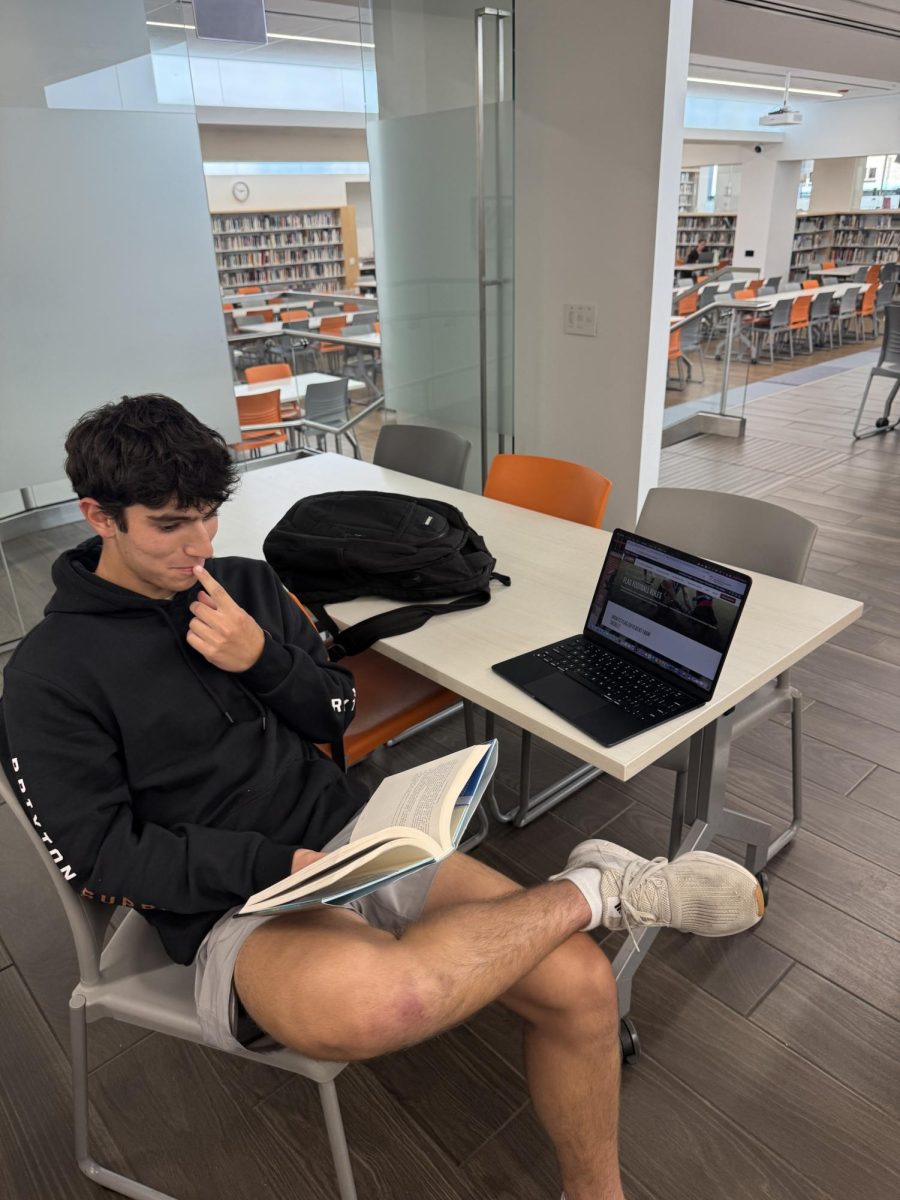















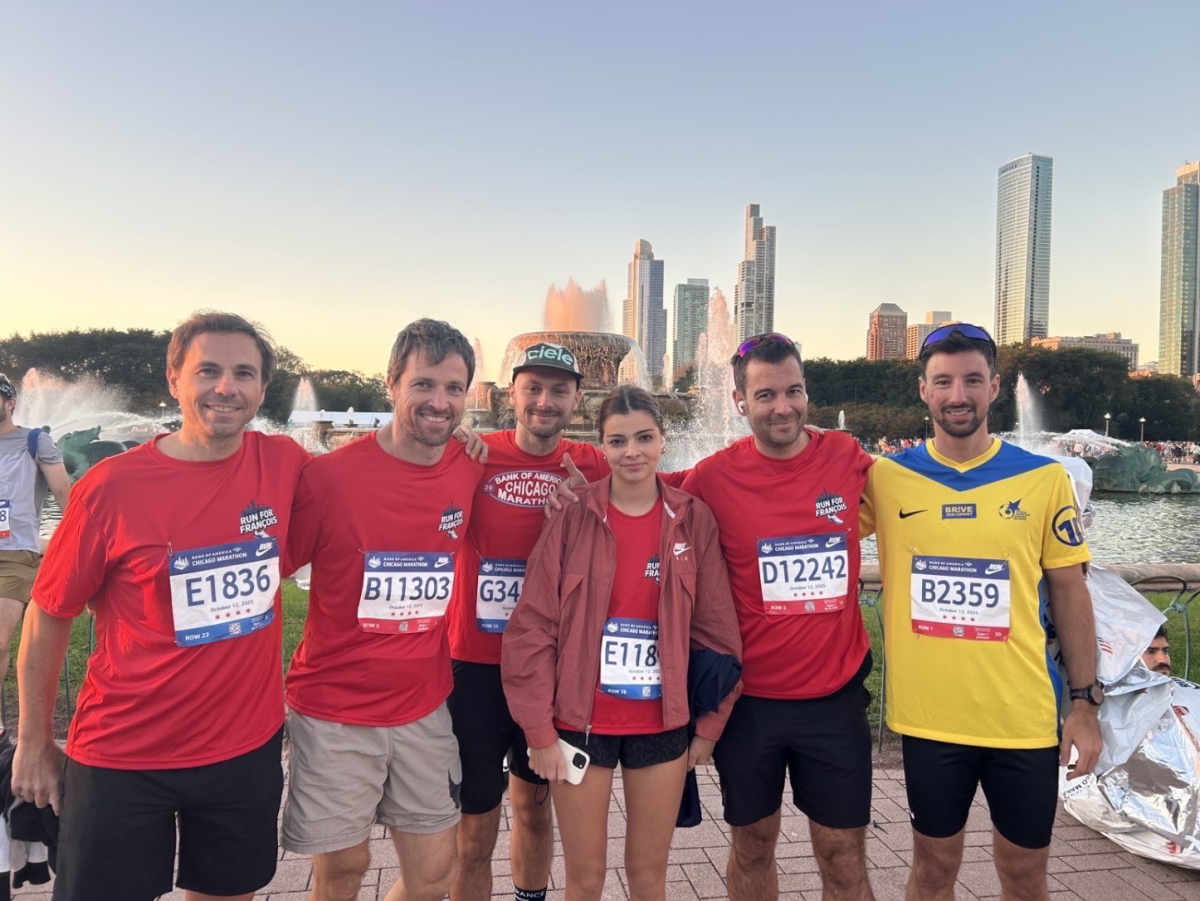





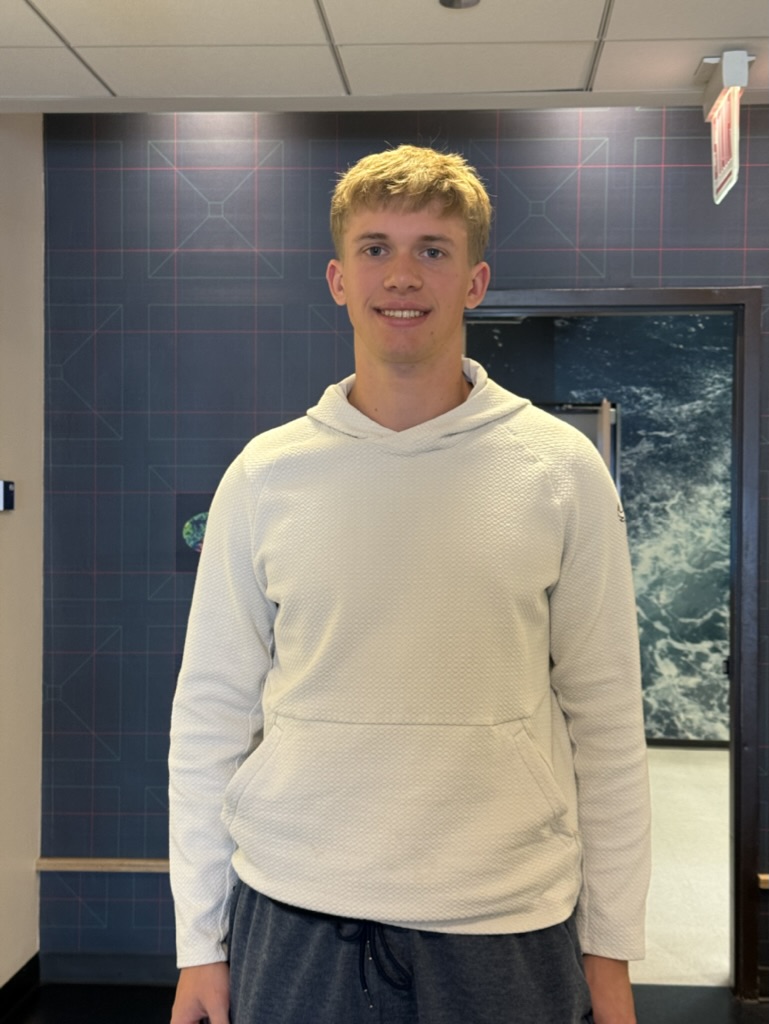












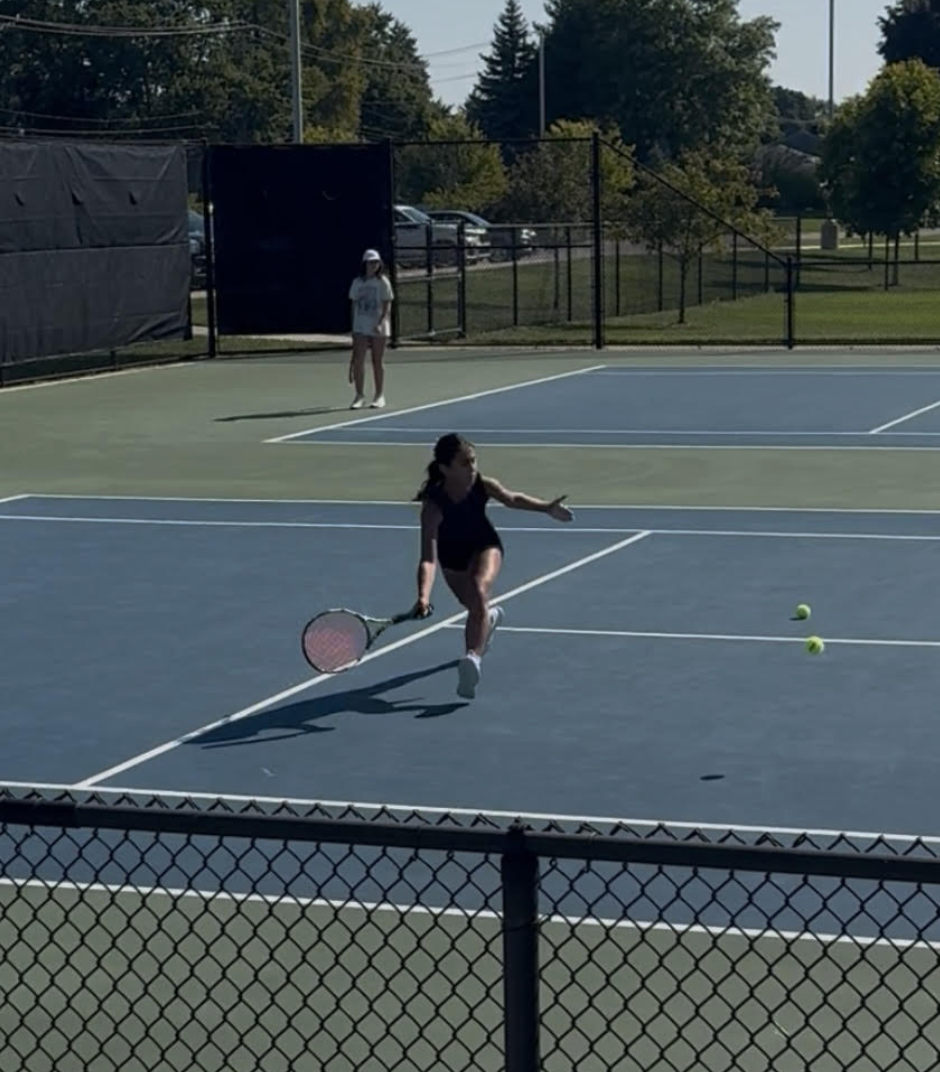




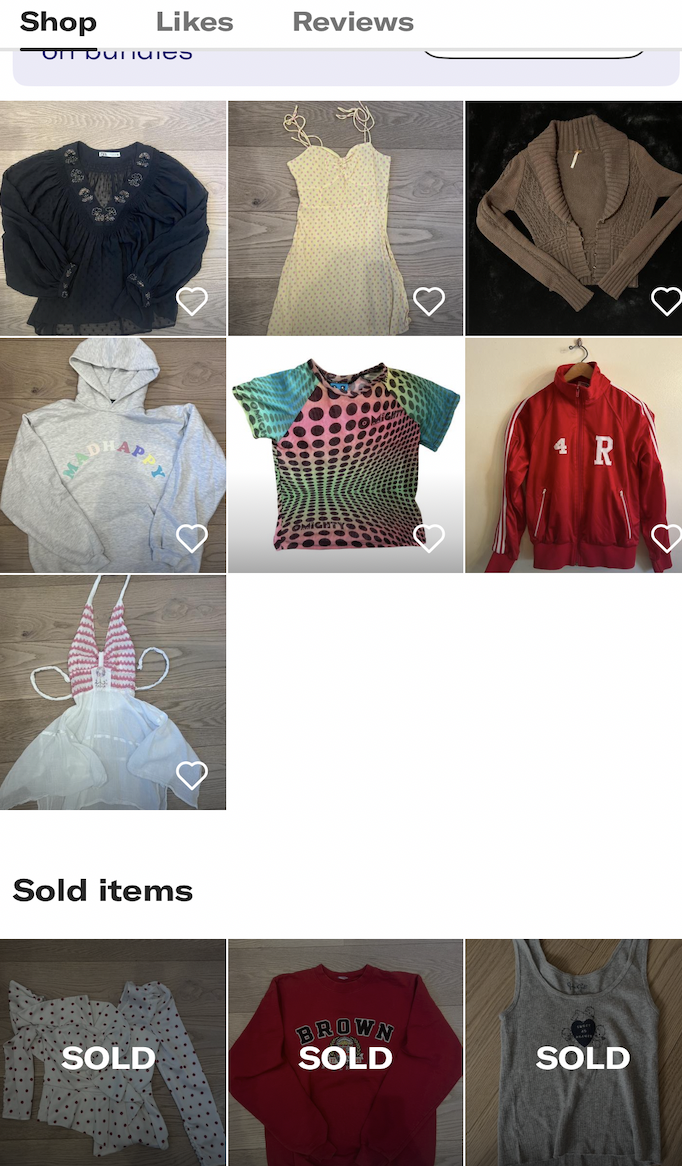
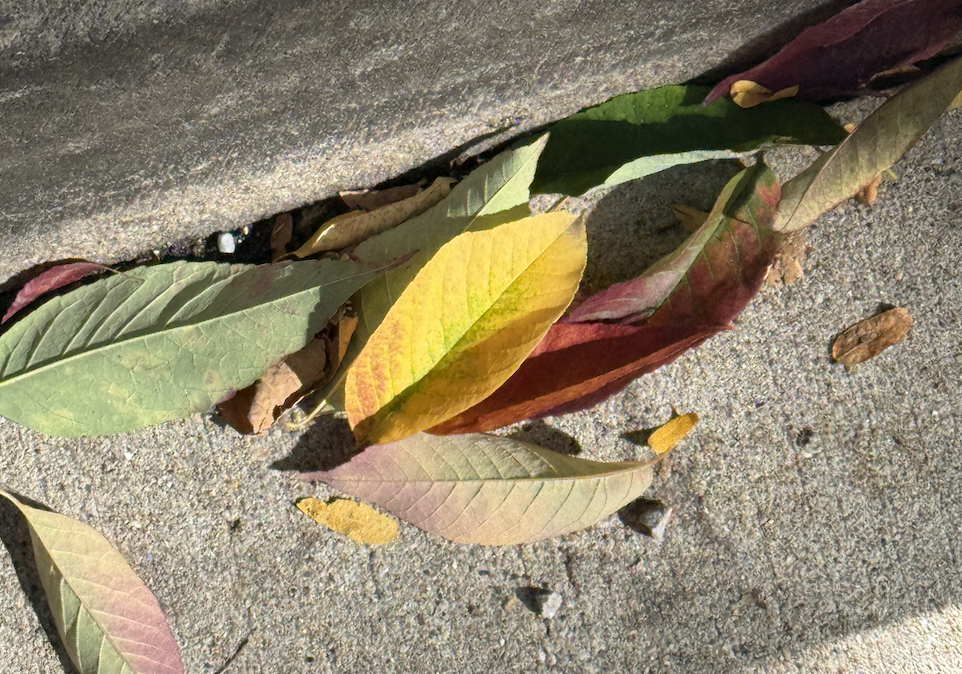




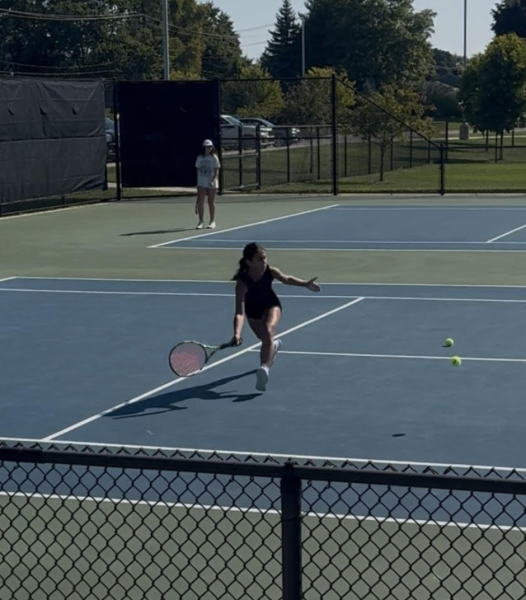
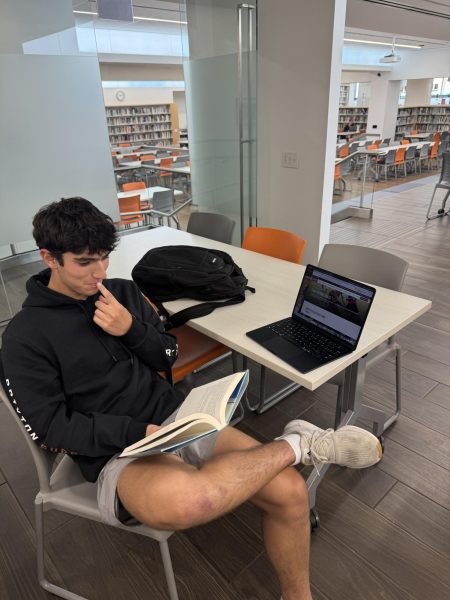
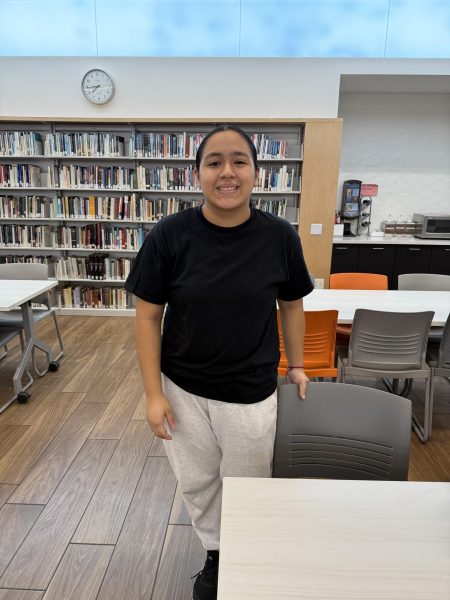

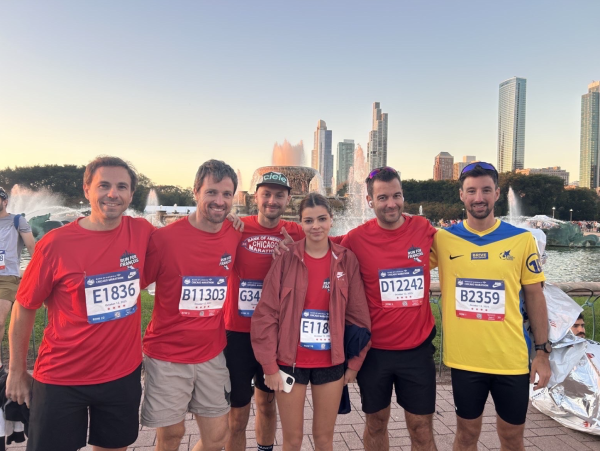


ideyahr • Nov 11, 2019 at 7:57 pm
This piece is beautifully written, Sydney. Thank you for sharing!
ideyahr • Nov 11, 2019 at 7:54 pm
This piece is beautifully written, Sydney.
Jolie Walker • Nov 11, 2019 at 2:02 pm
Sydney, this was so inspiring to read. Thank you so much for sharing.
Robert Igbokwe • Nov 10, 2019 at 9:40 pm
This was stunning, Sydney!! Your beautiful writing expresses emotions that cannot be replicated. Thank you so much for sharing your story with the community 🙂 🙂
Caroline Creamer • Nov 10, 2019 at 5:15 pm
I’m in complete awe after reading this incredible essay — so beautifully written. I’ve learned so much from you and your perspective in English and in this piece. As Tempone would say: you’re a genius.
Lulu Ruggiero • Nov 8, 2019 at 10:49 am
Your writing is absolutely breath taking, Sydney. Your fearless vulnerability and talent shines through. Incredible.
Paige Hosbein • Nov 8, 2019 at 9:21 am
Thank you for sharing such a beautiful piece, Sydney.
Ashna Satpathy • Nov 7, 2019 at 10:20 pm
Incredible and thought provoking article, Sydney. You’re a beautiful writer.